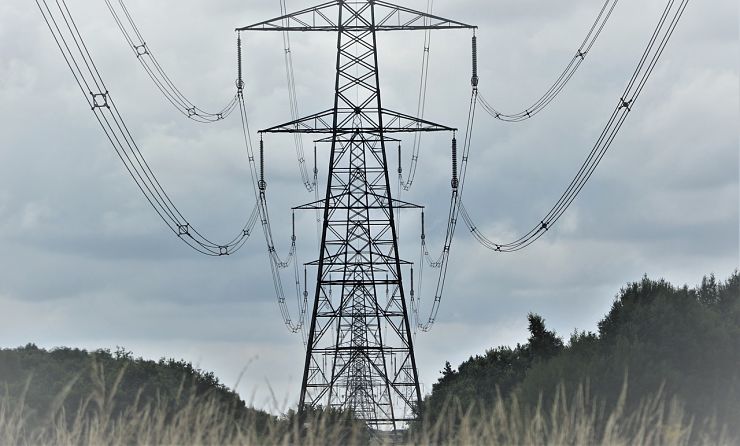
Bankruptcy debtors with delinquent utility bills got a measure of protection from interruption in their service under an amendment to the Bankruptcy Code in the omnibus spending bill enacted December 27,2020.
Individual debtors cannot have their utilities disconnected as long as they make some payment for service provided after filing promptly after the commencement of the case.
The newly created subsection (d) in 11 USC 366 protects individuals during the pendency of the case who make a payment to the utility for service provided in the 20 days of the filing of the bankruptcy case and who make timely payments for post petition service thereafter.
Notably, the statute merely provides that the debtor make “a payment” without reference to whether that payment is payment in full for the period in question.
Further, the provision expires a year from enactment. So, debtors in reorganization plans are presumably left to the meager protections of Section 366 before the 2020 amendment upon expiration of subsection (d). Unlike other bankruptcy provisions in the Consolidated Appropriations Act of 2021, there is no saving clause that keeps the provision in effect for cases filed when it was part of the law.
Unaddressed is the scant duration of the protection for Chapter 7 debtors, whose cases are over and done with in a matter of months. Cases where the trustee administers assets may provide relief while the trustee’s work continues. At the expiration of the statutory protection, presumably debtors will be faced with providing a security deposit to assure continued service under state law.
Utilities present powerful problem
At this writing in December, 2020, an estimated 205.4 million people in the US are at risk of losing utility service. That’s roughly 58% of the population.
Only a small fraction of those people can be expected to seek bankruptcy relief.
State relief from the threat of disconnection is spotty, as shown on this graphic. The National Consumer Law Center discusses efforts by several states to address the threat of disconnection.
Clearly, the problem begs for solutions not just in bankruptcy. And we can hope for improvement and clarification of 366(d) in subsequent legislation.
CAA 2021 text on utility services
TERMINATION OF UTILITY SERVICES.
(1) IN GENERAL.—Section 366 of title 11,
United States Code, is amended by adding at the
end the following:
‘‘(d) Notwithstanding any other provision of this sec
tion, a utility may not alter, refuse, or discontinue service
to a debtor who does not furnish adequate assurance of
payment under this section if the debtor—
‘‘(1) is an individual;
‘‘(2) makes a payment to the utility for any
debt owed to the utility for service provided during
the 20-day period beginning on the date of the order
for relief; and
‘‘(3) after the date on which the 20-day period
beginning on the date of the order for relief ends,
makes a payment to the utility for services provided
during the pendency of case when such a payment
becomes due.’’.
(2) SUNSET.—Effective on the date that is 1
year after the date of enactment of this Act, section
366 of title 11, United States Code, is amended by
striking subsection (d).







